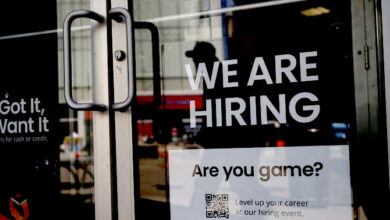As long as price pressures remain, the Philippine central bank says it is ready to act.

On Thursday, the Philippine central bank said it was ready to take any policy action that was needed because rising consumer prices had caused inflation to reach its highest level since 2008 in December.
The consumer price index went up 8.1% in December compared to the same month last year. This was mostly because food and energy prices went up.
The inflation rate for last month was lower than the average prediction of 8.2% in a Reuters poll, but it was still within the range of 7.8% to 8.6% predicted by the central bank for December.
It brought the average for the whole year to 5.8%, which is also a 14-year high and is higher than the official target range of 2%–4%.
The Bangko Sentral ng Pilipinas (BSP) said in a statement, “Upside risks continue to dominate the inflation outlook up to 2023, while in 2024, the risks are more or less balanced.”
“The BSP is still ready to take any monetary policy action that is needed to get inflation back on a path that is consistent with the target over the medium term.”
For 2023, the same 2–4% inflation goal has been set.
A senior economist at ING, Nicholas Mapa, said that price pressures are widespread and should only cause inflation to slowly go down in 2023.
Core inflation, which leaves out volatile items like food and energy, went up from 6.5% to 6.9% in December.
Food inflation went up to 10.6% in December from 10.3% in November. This was because the prices of vegetables, sugar, rice, and other agricultural goods went up because of bad weather and high demand during the holidays.
Last year, the BSP raised its benchmark interest rate by a total of 350 basis points to slow down inflation and help the peso, which was weak because the U.S. Federal Reserve was tightening its policies quickly.
On February 16, the BSP holds its first policy meeting of the year.
Michael Ricafort, an economist at Rizal Commercial Banking Corp. in Manila, said, “Local policy rates would still probably rise by the same amount as any future Fed rate hikes, which have been smaller lately, and reach 6% by early 2023.”





